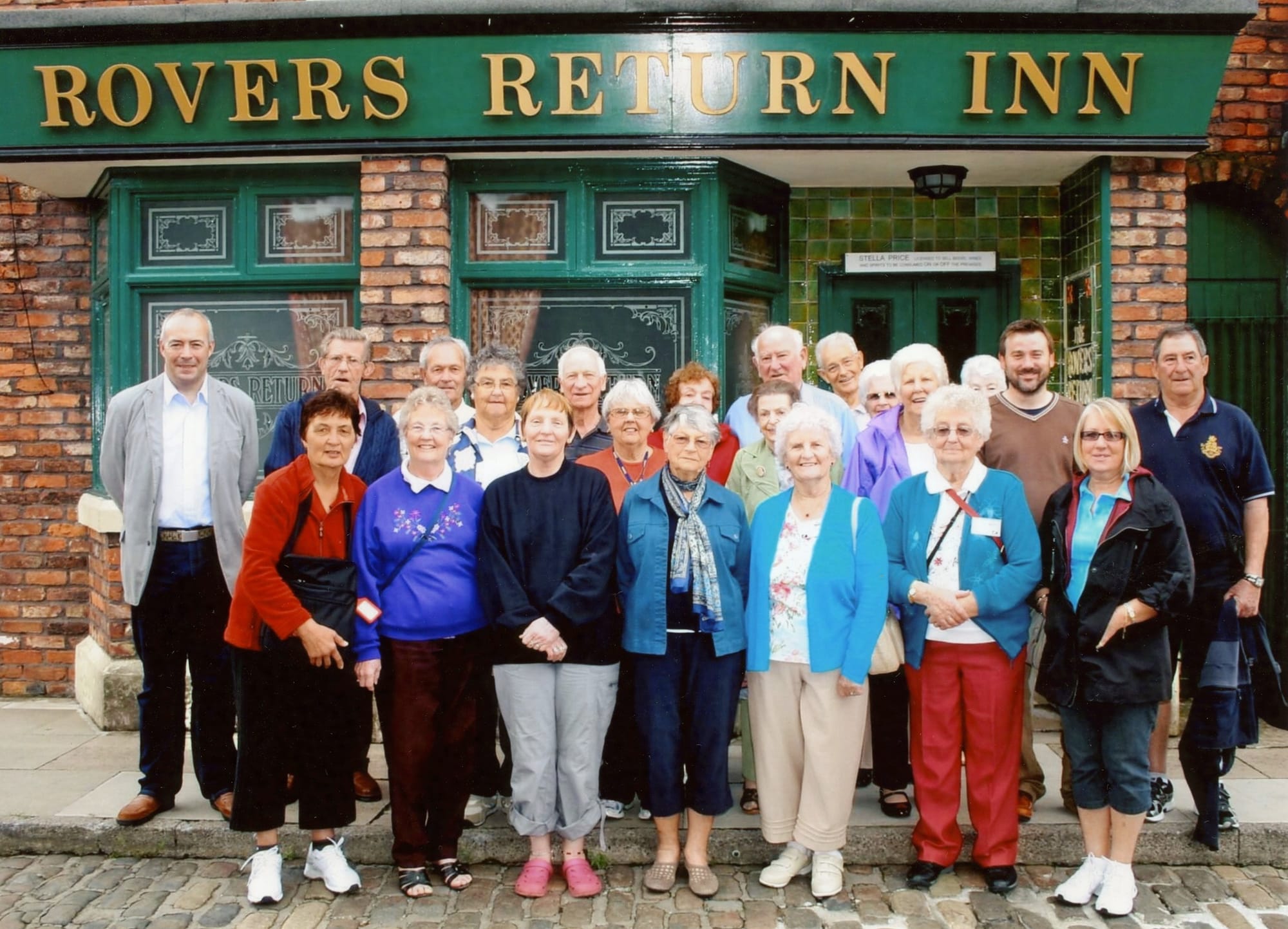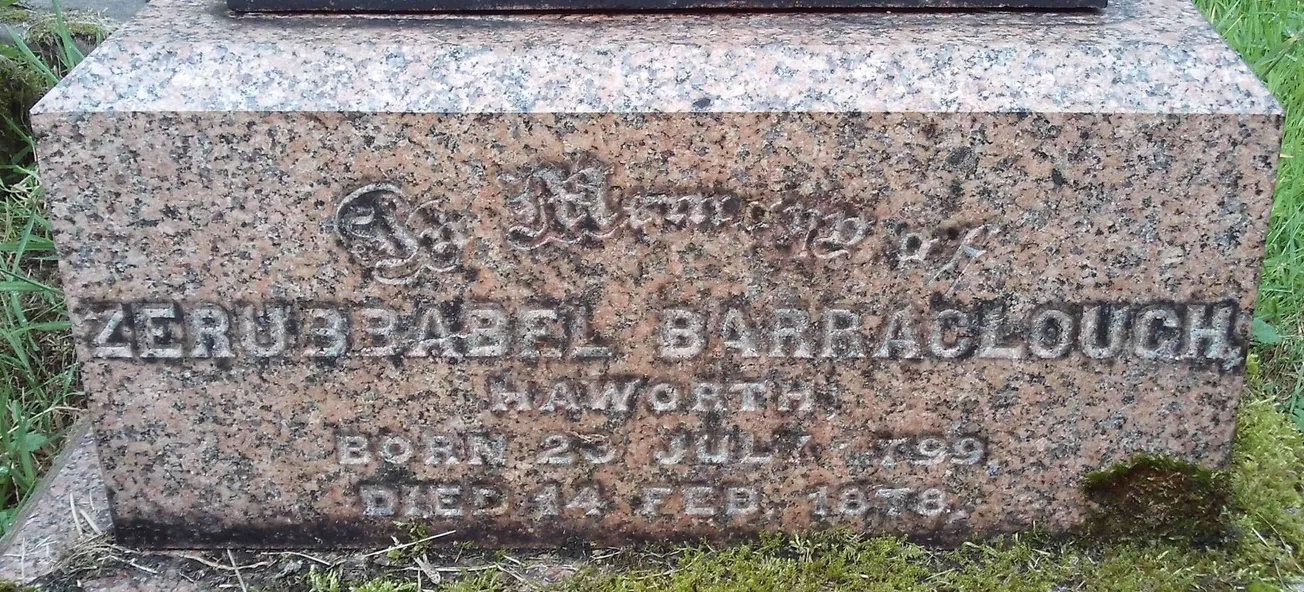Harry Palmer
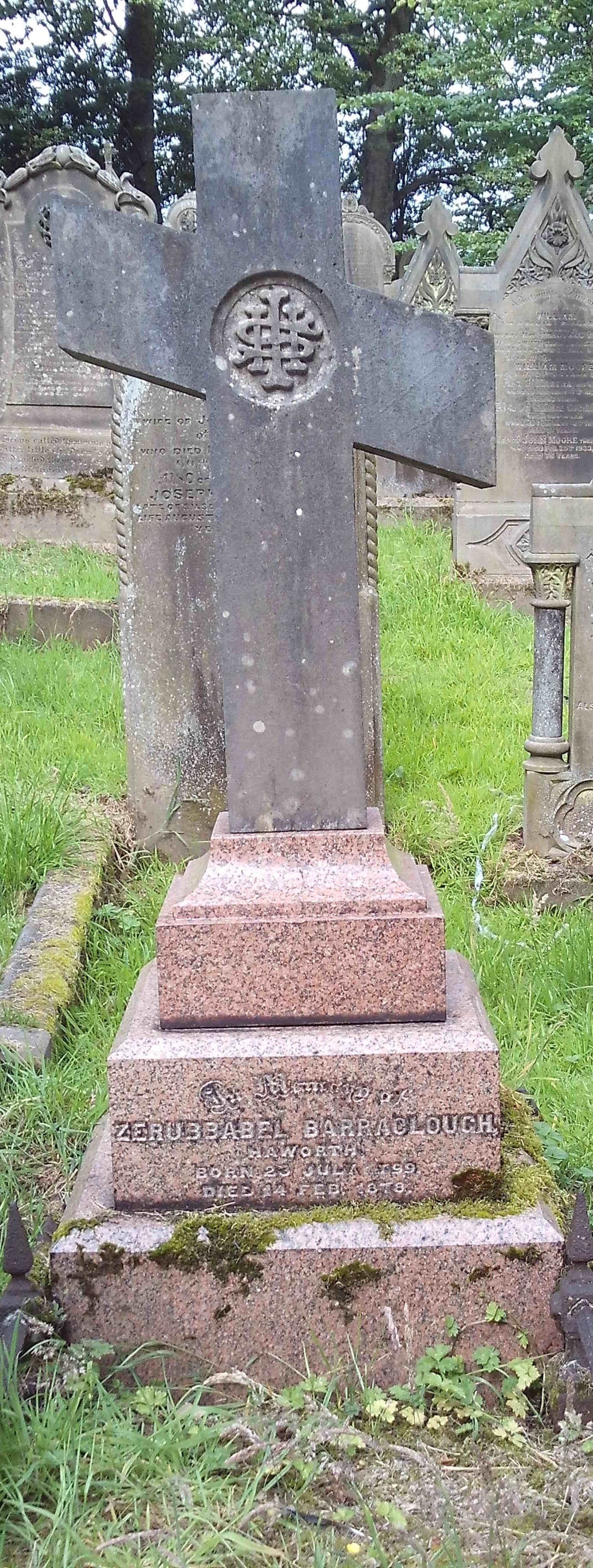
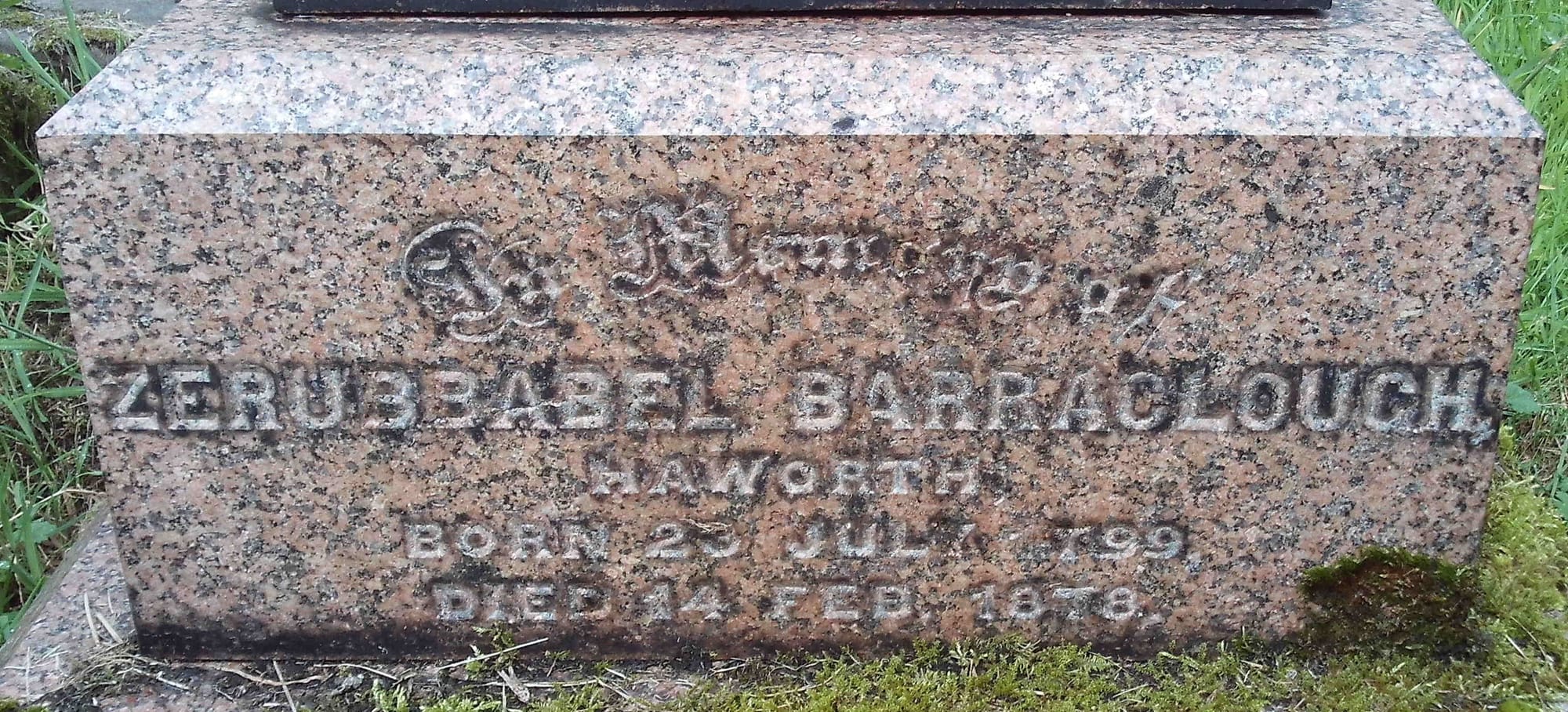
It’s been 12 years since I came across a grave in the gloomy gothic-feeling graveyard in front of the Bronte Parsonage Museum in Haworth (UK). The museum has been converted from the home, the parsonage, where the Reverend Patrick Bronte lived with his wife Maria and where they had raised their children, including the famous sisters Charlotte, Emily and Anne.
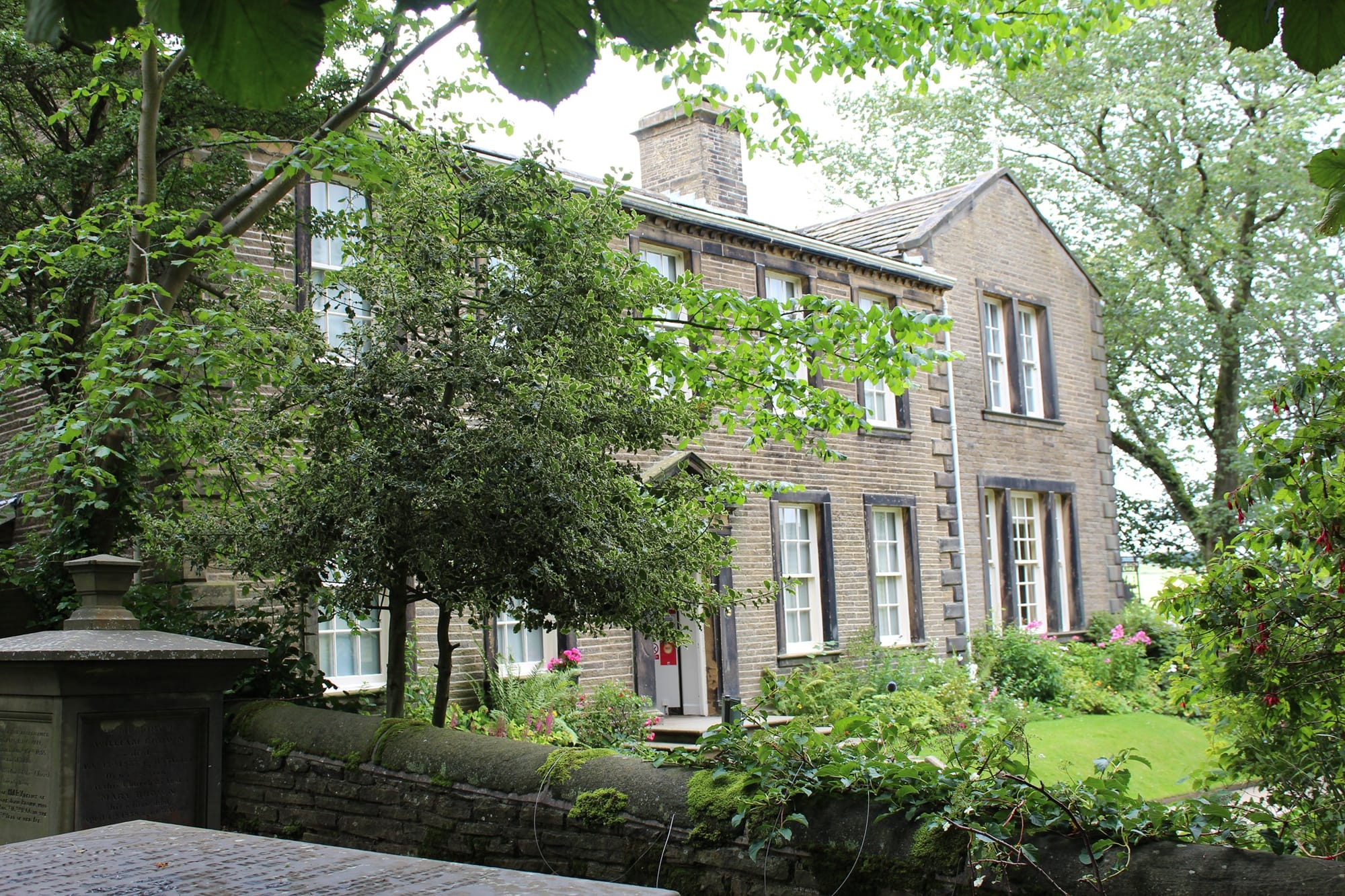
The Reverend Bronte’s church of St Michael and All Angels was rebuilt a few years after he died in 1861, but he would recognise the clock tower that still remains. He outlived his poor wife Maria, who had passed away in 1821, all his daughters and his bit of a rogue son Branwell who was apparently fond of carousing in the Black Bull pub in front of the church gates. Between the Black Bull, which also still stands, and the parsonage is the rebuilt church and, behind that, the graveyard.
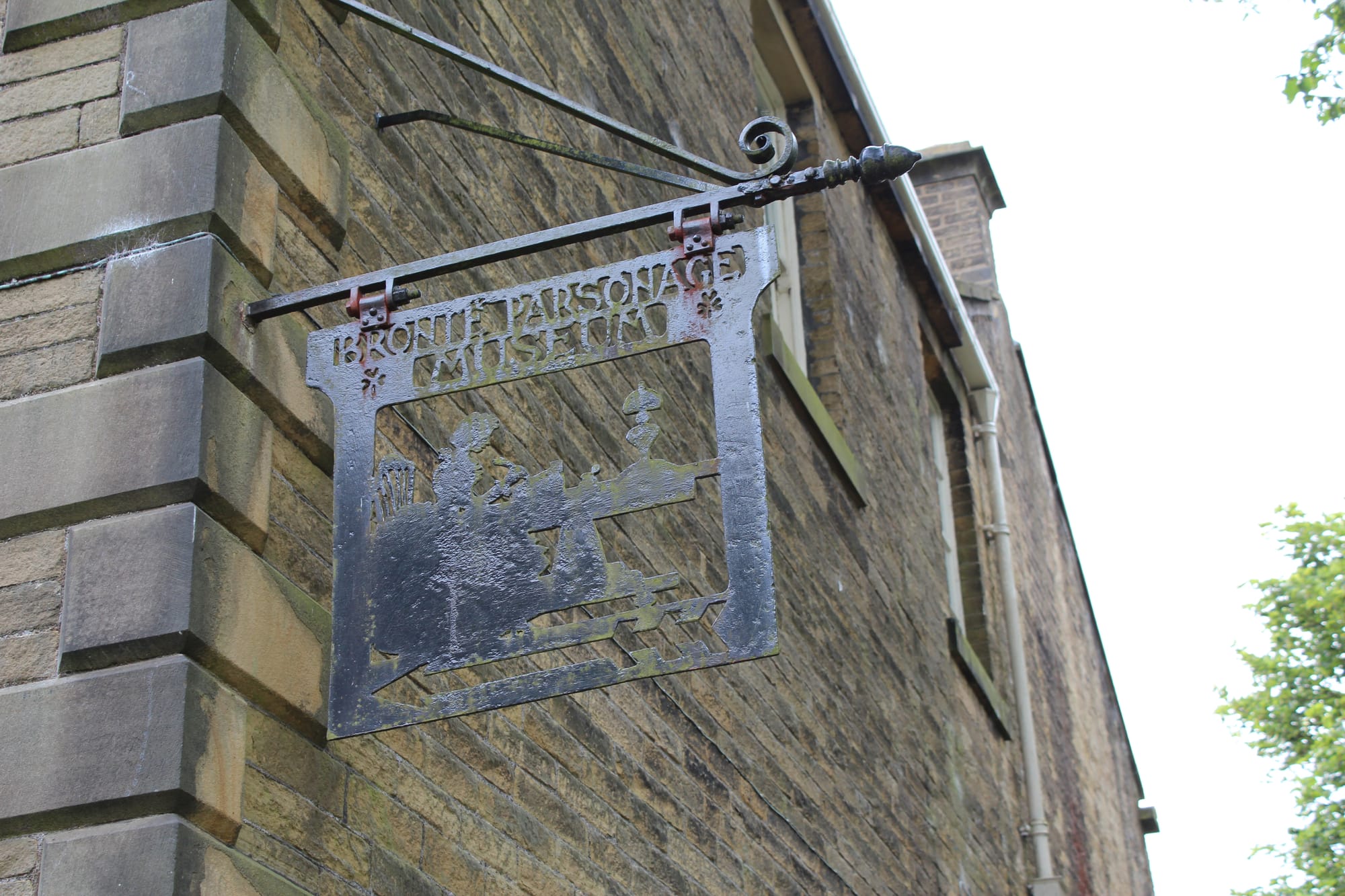
I read the Bronte sisters’ novels between watches at sea and as a result I resolved to visit their home in Haworth, West Yorkshire, to see if I could feel the same ambience of the small village with its surrounding moorland that the Brontes experienced over a century and half before and the loneliness of the landscape that they were able to convey so well in their novels. I went on my first ‘pilgrimage’ to Haworth in the late 1960s and it lived up to my expectations.
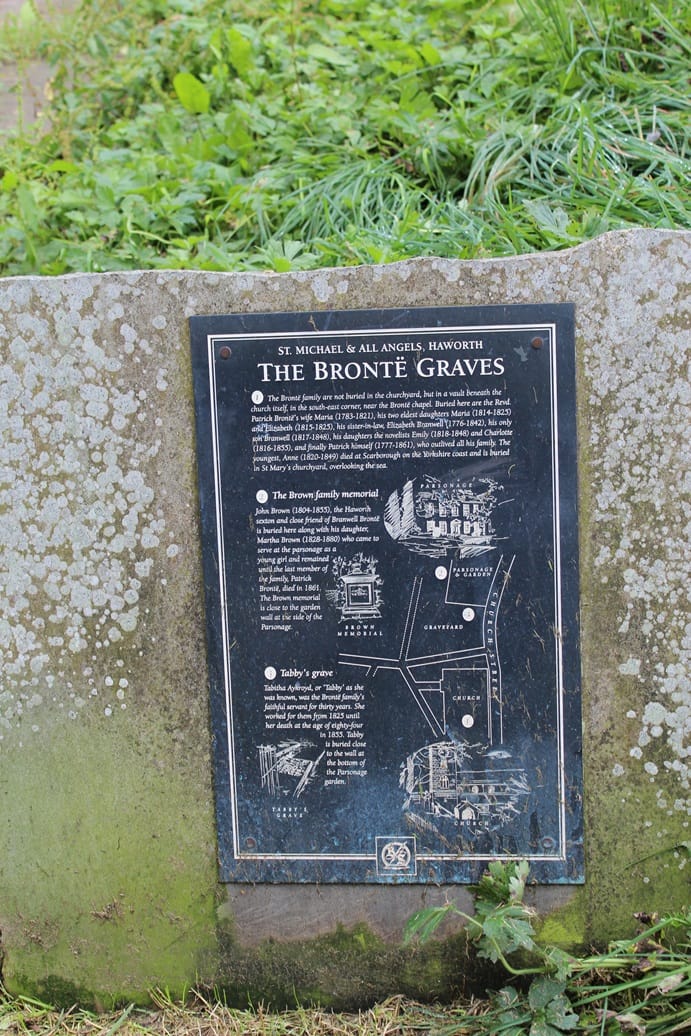
After that first visit, I’ve been back a couple of times: the last time being 12 years ago with a bunch of fellow Kiwis and, during which, in the graveyard behind the church, I spotted the grave of one Zerubbabel Barraclough (1799–1878), whose life span encompassed the lives of all the Bronte siblings. (That Zerubbabel apparently had a son with the same Christian name, who died in 1888, 10 years after.)
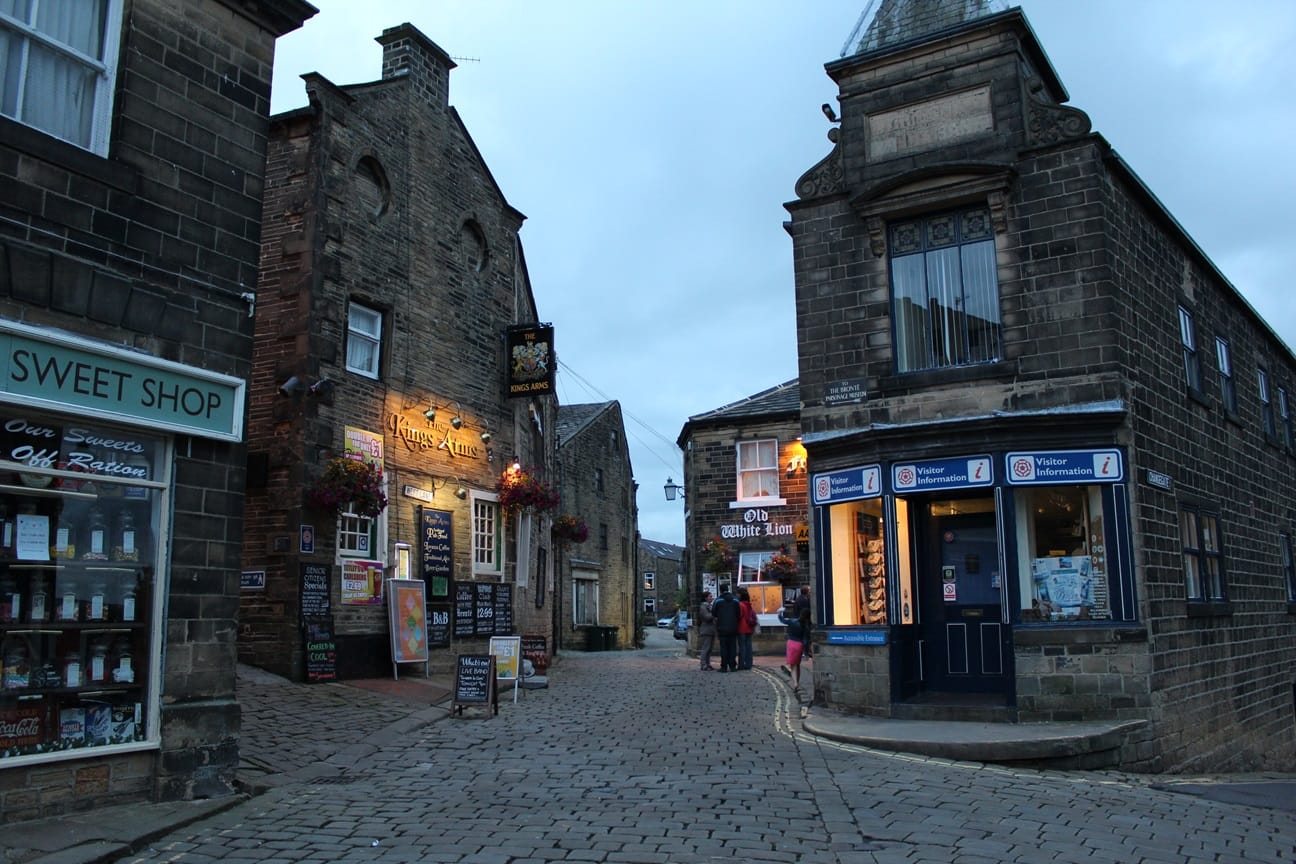
The original Zerubbabel is a biblical figure from around 600 BC and this is why I became curious about that name on a gravestone so far away from its Judean origins.
Nebuchadnezzar II, the king of Babylon, conquered Judea and destroyed Solomon’s Temple, built some 400 years before, in 586 BC. Most of the Israelites were exiled to Babylon, where the prophet Jeremiah had predicted they would remain captive for 70 years before being restored to their lands. You may know the phrase from Psalm 137, “let my tongue cleave to my mouth if I remember you not Jerusalem”, which was presumably written during the period of Babylonian exile. This psalm became the “Rivers of Babylon”, Boney M’s popular 1978 song.
In 539 BC Babylon fell to the Persian Empire under Cyrus II and he granted the Jewish captives the right to return to Jerusalem and rebuild their temple. Zerubbabel – grandson of King Jehoiachin, so in line of the Davidic throne – was selected to lead the first group of returnees in 536 BC. Under his leadership, nearly 50,000 people took advantage of Cyrus’s offer and returned to Jerusalem. When Zerubbabel arrived, he was appointed governor and given oversight of the temple construction and he immediately, along with the priests, restored the Altar of Burnt Offering and in the second month of the second year started to lay the temple’s foundation. This “Second Temple” survived until it was destroyed by the Romans in 70 AD and its site was subsequently occupied by the Al-Aqsa Mosque around 700 AD, which has itself been destroyed and rebuilt a couple of times and now stands out in the landscape of Jerusalem with its golden dome gleaming in the sunlight.
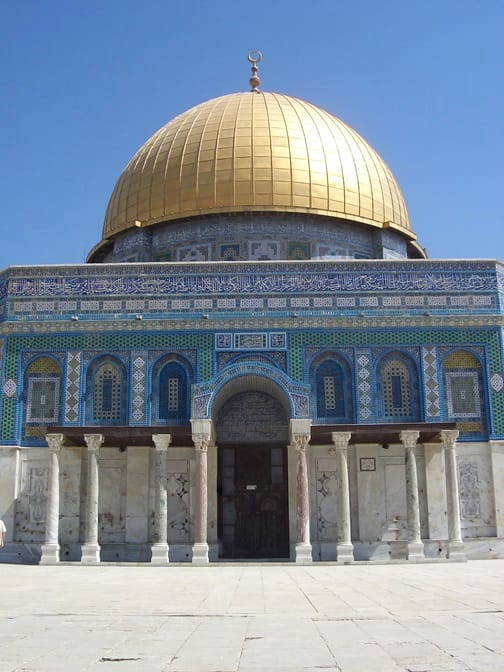
Here’s a wee bit of the family history Zerubbabel Barraclough, as provided by relative Steve Barraclough to findagrave.com in 2006:
The Barraclough desended [sic] from the Heaton family who for 260 years had occupied a lonely farmstead, ‘Dalemoor’, which became known to locals as ‘Dollymoor’, and the Heaton family became known as the ‘The Clockies of Dollymoor’.
Later when Jonas Barraclough (1732–1820) from nearby Horton married Martha Heaton (1738–?) daughter of Micheal Heaton (1703–1774), their only son John Barraclough (1774–1835), was taken as a boy to ‘Dollymoor’ to be taught the clock making skills by his uncles.
It was to be the decendents [sic] of Jonas and Martha Barraclough who went to Haworth and farther afield to continue the clock making tradition. One started a business in Thornton, Bradford, another in Keighley, and a third in Leeds. In early times a tradition which was handed down through the generations by these craftsmen was something called ‘Dressing the Clock’.
A long case grandfather clock was not the sort of thing to tuck under your arm and take to the shop for repair, so in the old days the craftsmen visited the isolated cottages and farms to ‘Dress’ (service and repair) their clocks. The works would be spread out on the kitchen table, cleaned, adjusted and the clock would be rebuilt, often the process would take a whole day, and only when the ‘Clockie’ was happy that the clock was keeping perfect time would he set out to walk the many miles back to his home.
Eventually John Barraclough was to move to Haworth where he thrived, producing five sons and six daughters. He became a Freemason, holding the office of Worshipful Master of the Three Graces Lodge 408 on several occasions, and his gravestone is decorated with Masonic symbols. There is a watercolour portrait of him which is claimed to have been painted by Branwell Bronte in around 1834–1838.
Barraclough’s first shop in Haworth was opposite the Black Bull Inn, at the top of the main street. It is claimed that amongst others who stopped to peer into the shop window was the Revd Patrick Bronte, the minister must have been impressed by the workmanship which was on display, for the family are believed to have owned a Barraclough clock. A fine example still stands halfway up the staircase of the Bronte Parsonage Museum today. Another fine Barraclough clock (believe to have been made in Haworth in approximately 1808) can be found in the bookshop at the top of Main Street, next to the church gates. The clock is a family heirloom and I am assured that it still keeps excellent time! The face of this clock may be of particular interest to Freemasons as it is decorated with Masonic symbols.
In the museum in Freemasons Hall Great Queen Street London are three long case clocks, one of which was made by John Barraclough of Haworth.
The clocks were huge affairs containing enough mahogany to make a dining room suite. The local joiner, cabinet and coffin maker, the appropriately named John Wood (1808–1889) made the case in his workshop on the second floor of his workshop. All the clock parts were hand forged in the Barraclough workshop in Haworth, a miniature blacksmiths shop complete with small forge and anvil.
When John Barraclough died it is said that as a mark of respect the shop was closed and all the clocks standing in the shop were draped with a black cloth. They were stopped at the exact time at which he died, and remained so until after the funeral, a week later. His friend John Wood made for him one of the finest mahogany coffins ever seen in Haworth.
findagrave.com
John – the father of the Zerubbabel Barraclough born in 1799 – had a sister named for another biblical character: Zillah. Zillah was one of the wives of Lamech, an ancestor of the Israelites. Zillah has great importance because her children and those of her co-wife Adah are, according to the story of Genesis, in the seventh generation of naturally born human beings, representing the beginning of a ‘fully launched’ human civilization.
Then we have a certain actor named Roy Barraclough (1935–2017), who was perhaps best known for playing the part of the sleazy landlord of the “Rovers Return” in Coronation Street, and the drag artist part of “Cissie” to Les Dawson’s “Ada” in their comedy double act. He must surely be in the Barraclough family tree somewhere, too, being from the north of England. So, you can now correctly answer if a stranger approaches you in the street and asks: ‘What’s the connection between the Rover’s Return and King Solomon’s Temple?’
